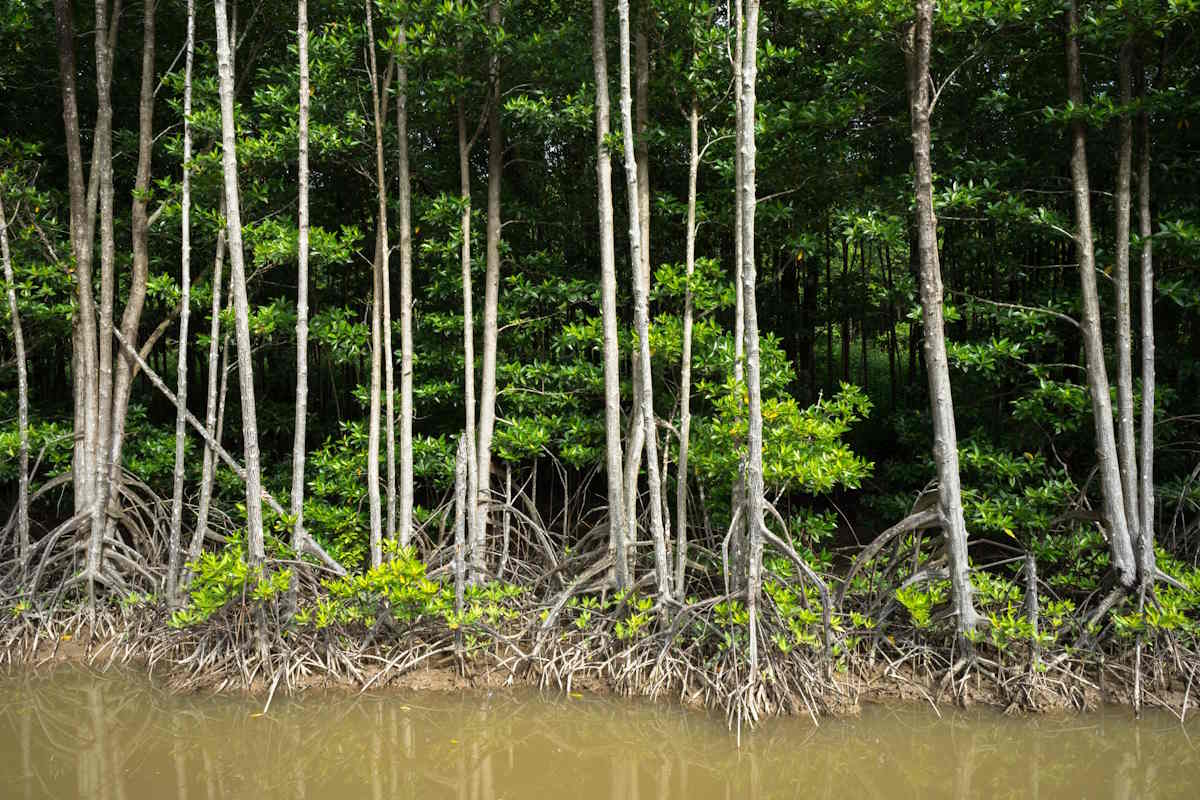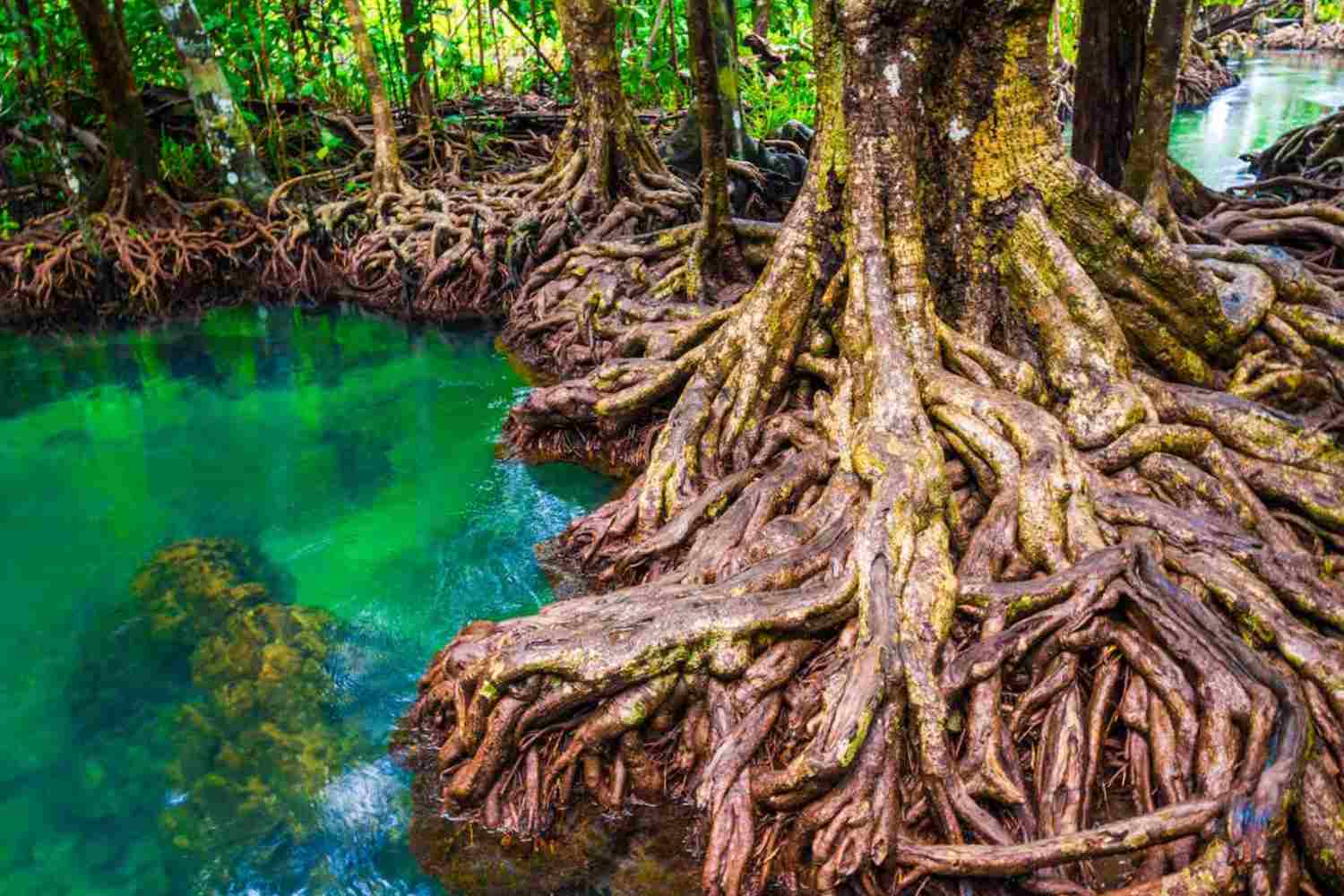Mangroves, essential for coastal protection, act as sentinels of the sea, preventing erosion and absorbing carbon. Their conservation is crucial for biodiversity and coastal safety.

@123rf
Mangroves form the natural bulwark against cyclones, erosion, and sea level. But while we restore them it may not quite be so excellent as we hope. There’s a different and better method for Indian scientists.
The need for coastal protection
The last few months put the imperative for coastal protection right in the spot light. In October, Cyclone Dana struck India’s east coast with 75 mph winds, affecting over 4 million individuals and causing $72 million in damages in the Odisha state alone. Worldwide, Hurricane Milton ravaged Florida with 120 mph winds, generating 41 tornadoes, killing 24 individuals, and leaving estimated damages of $34 billion. Just two weeks earlier, Hurricane Helene had claimed over 200 lives. In Southeast and East Asia, Cyclones Gaemi and Yagi took nearly 1,000 lives this year alone.
It isn’t isolated: floods and tropical cyclones accounted for 85% of the world’s costliest climate-connected natural disasters in 2023. As ocean waters warm, these high-impact events become increasingly prevalent and intense, and coastal defense is not just a possibility, but a necessity.

@123rf
The temptation to mass-plant
Faced with the climate crisis, many governments have turned to big-scale mangrove planting as a temporary solution. The United Arab Emirates, for instance, has pledged to plant 100 million mangroves by 2030. But the numbers tell a different story: in Kenya, only 30-32% of planted mangroves survive, while Sri Lanka’s survival rate has been a gruesome 3%.
The scientific method that works
West Bengal State University botany professor Dr. Krishna Ray is demonstrating that a better option exists. Her method is founded on three key principles:
- Preparation of soil: Instead of mangroves directly being planted, the first action is to cultivate grass on the nude lands. It naturally adds nutrients to the land.
- Selecting the correct species: Not all mangroves are created equal. Some will grow in saltier water, while others like milder water. Soil salinity mapping is critical to choosing the correct species.
- Allowing nature to do its thing: After the proper conditions are established, nature takes care of the rest. Ocean currents bring new seeds naturally, and creatures like crabs and shrimp assist in creating a healthy and diverse environment.
The results speak for themselves
In Tamil Nadu, one specialist grower, Narendran Rajendran, achieved a 90% survival rate using similar scientific methods. His mangrove thickets are now so dense in seven years that they are practically impassable.
Preserving what is already present
A critical consideration is presented by Dr. Punyasloke Bhadury’s work in the Sundarbans: instead of sowing new mangroves singly, it is necessary to protect and restore old, mature mangroves. Mangroves between 25-30 years are more robust and can rejuvenate in two years, while newly sown mangroves take 15-20 years to become as robust.
Why should we care?
Mangroves are more than just natural weather buffers. They are powerful “carbon sinks” that can slow climate change. They also support local economies through the provision of fish, honey, and other traditional industries.
India’s experience is evident: in restoring the environment, quality beats quantity. A scientific and localized approach—one that respects nature’s cycles—can be the key to success or failure in protecting our coastlines.
